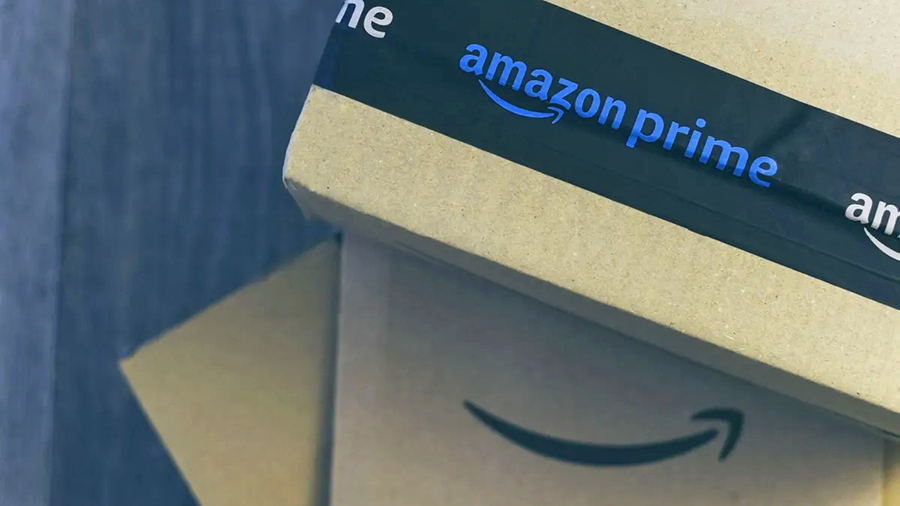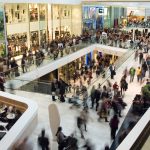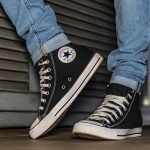Amazon.com, Inc.’s Prime Day sale that ran for four days from Tuesday, July 8 to Friday, July 11 helped boost online spending sales across all Uretailers in the U.S. by 30.3 percent to $24.1 billion, according to Adobe, Inc., which tracked the activity, topping its estimate for 28.4 percent growth for the period ending July 11.
Beyond sales from the Amazon platform, figures also include sales overlap from competitors such as Walmart, Target, Best Buy, and Kohl’s.
Adobe based its forecast on an analysis of one trillion visits to U.S. retail e-commerce sites, covering 100 million SKUs and 18 product categories.
Adobe said total spending for the period exceeded two Black Fridays — which drove $10.8 billion in online spend during the 2024 holiday shopping season — and sets a new benchmark for the summer shopping season.
Mobile was the dominant transaction channel during Amazon’s 2025 Prime Day event, accounting for the majority of sales (53.2 percent share compared to desktop shopping) and contributing $12.8 billion in online spending.
Competitive discounts across U.S. retailers drove price-sensitive shoppers to spend in categories such as appliances, where online sales increased by 112 percent compared to the average daily sales in June 2025, according to Adobe. Other categories with strong sales growth included office supplies (up 105 percent), electronics (up 95 percent), books (up 81 percent), tools & home improvement (up 76 percent), home & garden (up 58 percent), and baby & toddler (up 55 percent).
Hot sellers included products such as kids’ apparel (up 250 percent), home security products (up 185 percent), refrigerators & freezers (up 160 percent), games (up 160 percent), headphones & speakers (up 155 percent), car seats (up 145 percent), luggage (up 145 percent), vacuum cleaners (up 140 percent), power tools (up 135 percent), computers (up 125 percent), washers & dryers (up 125 percent), smartphone accessories (up 120 percent), storage furniture (up 120 percent), TVs (up 90 percent), small kitchen appliances (up 90 percent), and exercise equipment (up 80 percent).
Adobe also noted that Amazon’s Prime Day sale has become a key driver of back-to-school shopping. School supplies, including backpacks, lunchboxes, binders, calculators, and kids’ apparel, were up 175 percent. And dorm essentials, including microwaves, mini fridges, bedroom linens, twin/full mattresses, laundry & cleaning products, and storage products, were up 84 percent.
Consumers Embraced Generative AI and Social Influencers
Consumers are increasingly using generative AI-powered chat services and browsers as a shopping assistant. During the Prime Day sales event, generative AI traffic to U.S. retail sites, measured by shoppers clicking on a link, increased by 3,300 percent YoY. And while AI-driven traffic remains modest compared to other channels (paid search, email), according to Adobe, the growth shows the impact of AI on shoppers looking for deals or specific product details.
Social influencers also played a significant role in driving traffic to U.S. retail sites during the Prime Day event. While paid searches remained the top driver of retail sales online (28.5 percent share of revenue, up 5.6 percent YoY), affiliates and partners, which include social media influencers, saw a greater lift (19.9 percent share, up 15 percent YoY). Adobe’s data also showed that influencers converted shoppers — those individuals who purchased after seeing influencer content — at 10 times the rate of social media overall.
Additional Adobe Insights
- Competitive discounts drove online demand. U.S. retailers leaned into discounts to drive growth, catering to consumers who remain price-sensitive. Shoppers found deals that trended above last year’s Prime Day event, with discounts for apparel peaking at 24 percent off list price (vs. 20 percent in 2024). Steep discounts were also seen in electronics at 23 percent (vs. 23 percent), toys at 19 percent (vs. 15 percent), televisions at 18 percent (vs. 16 percent), appliances at 17 percent (vs. 14 percent), furniture at 16 percent (vs. 16 percent), computers at 13 percent (vs. 11 percent), and sporting goods at 11 percent (vs. 11 percent).
- Consumers gravitated towards pricier goods. Steep discounts during the event drove many shoppers to “trade up“ to higher-ticket items. Across all categories tracked by Adobe, the share of the most expensive goods increased by 20 percent, compared to average levels year-to-date. In electronics, the share of the most expensive products rose by 57 percent. Adobe also observed consumers trading up in categories such as appliances (up 36 percent), sporting goods (up 30 percent), furniture (up 28 percent), toys (up 19 percent), personal care (up 13 percent), and apparel (up 11 percent). Categories where consumers sought lower-priced products included grocery (share of most expensive goods down 7 percent) and home & garden (down 2 percent).
- Buy Now Pay Later usage saw an uptick. Consumers continue to adopt more flexible methods for managing budgets. During the Prime Day sale, Buy Now Pay Later (BNPL) orders accounted for 8.1 percent of online orders, up from 7.4 percent in 2024; this amounted to $2.0 billion in online spend from July 8 to 11, representing 33.3 percent growth YoY. In an Adobe survey of 1,000 U.S. consumers, conducted in June 2025, respondents reported using BNPL most in product categories such as apparel, electronics, home goods, and health & beauty.
- Impact of inflation. Increased spending during Amazon’s Prime Day event was driven by net-new demand, rather than higher prices. The Adobe Digital Price Index, which tracks online prices across 18 product categories, shows that e-commerce prices have fallen for 34 months, down 2.1 percent YoY in June 2025. Adobe’s numbers are not adjusted for inflation, but if online inflation were factored in, there would be even higher growth in topline consumer spend.
Image courtesy Amazon














